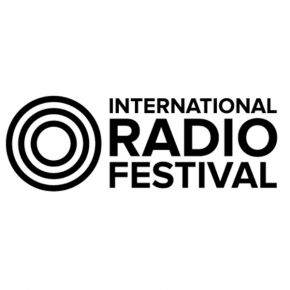AIR to mark advent of Radio in India with discussion on digitization

NEW DELHI: To mark 86 years of the advent of radio in the country, All India Radio(AIR) has drawn up plans to organize a symposium and cultural evening to discuss ‘Radio in Digital Age’.The event will be held on 23 July, 86 years to the day in 1927 when the private Indian Broadcasting Company LTD (IBC) was authorized to operate two radio stations in Mumbai and Kolkata.
"Veteran agricultural scientist Dr. M. S. Swaminathan, senior mediaperson B G Verghese, artiste Vidhushi Shanti Hiranand, litterateurs Prof. Namvar Singh, Prof. R B Singh, and R K Singh will speak on the subject.There will be a musical evening where there will be presentations by the AIR Orchestra (on 100 Years of Indian Cinema), and a Ghazal presentation by Ustad Ahmed Hussain Mohammed Hussain," Sources told Radioandmusic.com. It will happen in two different locations in Delhi.
By 20 November 2012 AIR network had grown up to 299 stations and 461 transmitters (146 MW, 48 SW & 267 FM) which provide coverage to about 99.19 per cent of the country’s population spread over 91.87 per cent area of the country.
AIR director general L D Mandloi told radioandmusic.com that the growth of Akashvani in a country with the size and population of India, to reach almost the entire populace, was no mean achievement. He paid a tribute to his predecessors and the pioneers of radio in India who had helped it to grown up to a monolith giant, becoming the largest broadcaster in the world.
Though AIR was formally created on 8 June 1936 with the government taking over Indian State Broadcasting Service (ISBS) which had been on the verge of closure, broadcasting began in July 1923 with programmes by the Radio Club of Bombay and other radio clubs. According to the agreement of 23 July 1927, the Bombay station began on 23 July 1927, and the Calcutta station followed on 26 August 1927.
On 1 March 1930, however, the company went into liquidation. The government took over the broadcasting facilities, beginning the Indian State Broadcasting Service (ISBS) on 1 April 1930 (on an experimental basis for two years, and permanently in May 1932). On 8 June 1936; the ISBS was renamed All India Radio.
Twenty years after AIR got its name, the government decided to use the term Akashvani - literally 'Sky's Voice' from 1956. The word ‘Akashvani’ was coined by MV Gopalaswamy after setting up the nation’s first private radio station in his residence, ‘Vittal Vihar’ (about 200 yards from AIR’s current location in Mysore) in 1936. Akashvani means ‘celestial announcement’; the word, of Sanskrit origin, is often found in Hindu mythology. When the gods wished to say something, an akashvani occurred.
All India Radio in its primary channels and its two FM Channels – FM Gold and FM Rainbow – will spend the day in special programmes, some of them aimed at testing the knowledge of listeners about the growth of the audio medium.
AIR is today one of the largest broadcasting networks in the world. At the time of independence there were six radio stations (in Delhi, Bombay, Calcutta, Madras, Lucknow, and Tiruchi); and 18 Transmitters (6 operating on medium wave and 12 on short wave) which covered about 11 per cent population, stretch over 2.5 per cent area of the country. The total number of radio sets at that time was about 275,000. On 3 October 1957 the Vividh Bharati Service was launched, to compete with Radio Ceylon.
Television broadcasting began in Delhi in 1959 as part of AIR, but was split off from the radio network as Doordarshan on 1 April 1976. FM broadcasting began on 23 July 1977 in Madras (Chennai), and was expanded during the 1990s.














